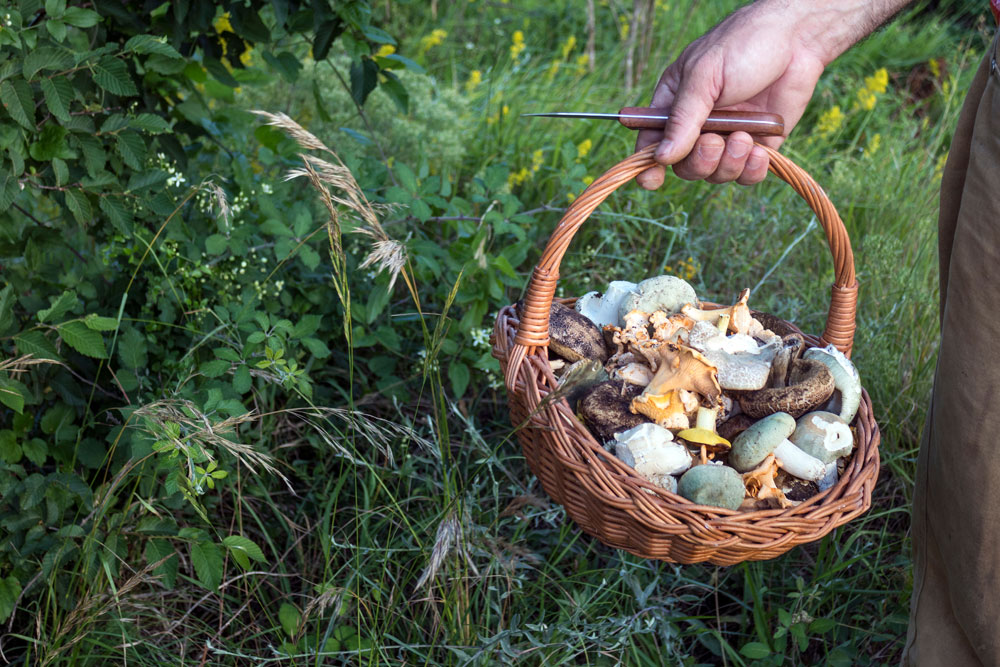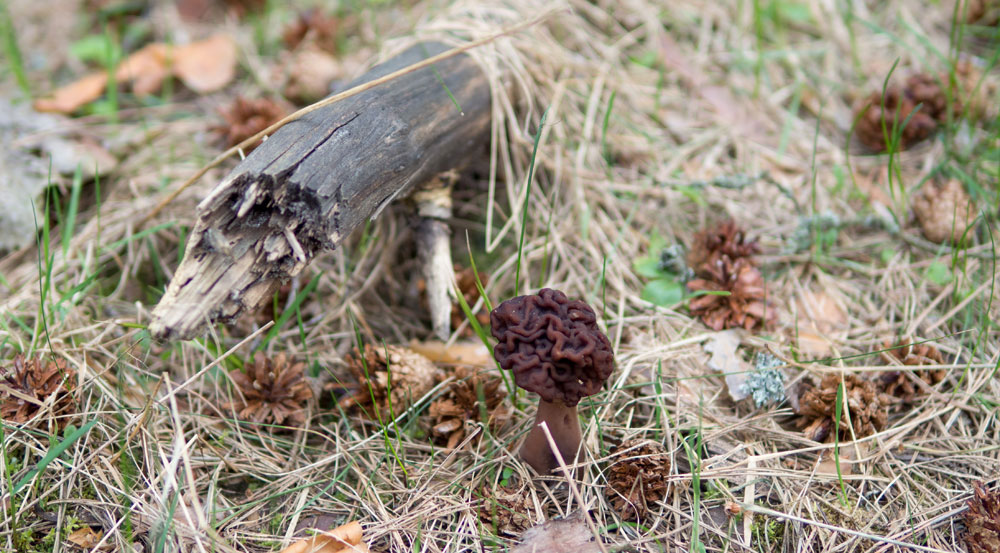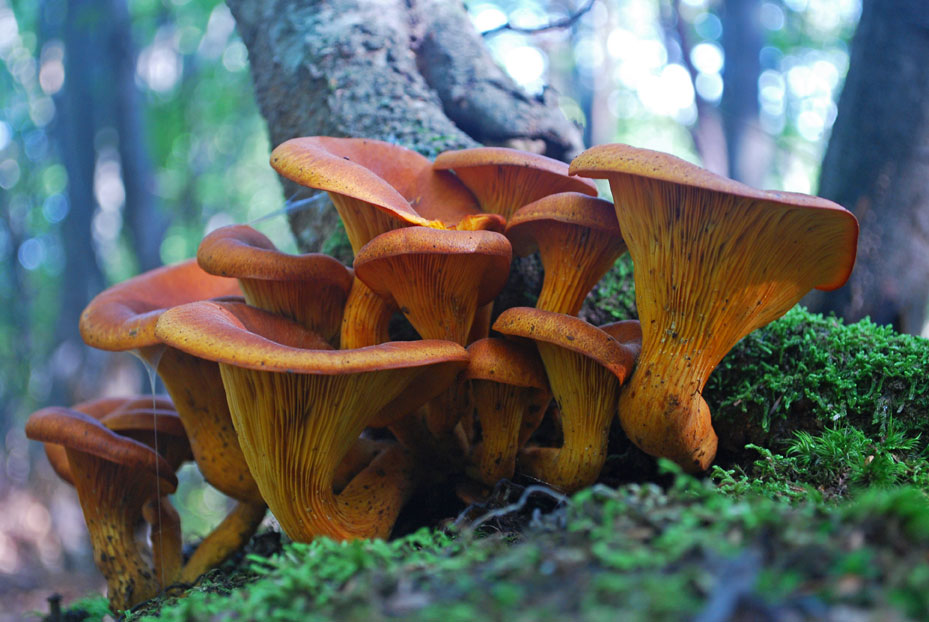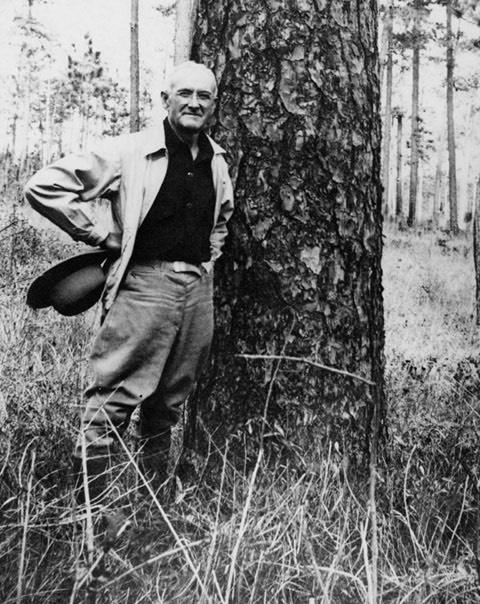
Hunting and gathering — the process of hunting and killing animals for meat and foraging for wild food sources — have been a way of life for millions of years. If you’re someone who fishes or hunts deer, turkey and other game animals for food, you probably enjoy foraging for wild foods, such as mushrooms, as well — and it’s easy to see why. Wild venison or turkey can’t be beat with a side of wild mushrooms.
If you’re harvesting one resource, why wouldn’t you harvest another? Mushroom hunting is a fun way to get out into the wilderness and connect with nature. If you’ve never gone mushroom hunting before, you’re missing out on a rewarding adventure. But there are a few things you should know before getting started. Most importantly, it’s important that you understand that consuming wild mushrooms has its risks. If you aren’t familiar with the types of mushrooms that are native to your area, you should avoid touching or eating them, as there are some which are poisonous that look very similar to edible mushrooms.
If you like, you can use the information we have here to make a field guide. Let’s take a look at some of the most common mushrooms and how to identify them.
Common Edible Mushrooms
Mushroom hunting is fun, but it can also be very dangerous. Again, many mushrooms look similar, and if you don’t know anything about mushroom identification, it’s easy to harvest toxic or poisonous mushrooms. Beginners, especially, can accidentally collect toxic or poisonous mushrooms instead of those that are edible, which could have terrible consequences. There are many different edible mushrooms in North America. Here are some of the most common:
Morel Mushrooms
Morel mushrooms are the most popular to forage in North America and are considered very delicious when cooked. They have a very distinct yellow-gray honeycomb-shaped cap with a hollow interior. Morel mushroom season lasts for only a short time in the spring. Their bloom is very weather-driven and when conditions are right, many mushroom hunters will be scouring the woods for morels. Luckily, they are very widespread, grow in abundance and can be found across much of the United States.

Chanterelle
Chanterelle mushrooms are a white to yellowish-gold color, have a funnel shape and are incredibly meaty, making them a very popular mushroom to forage for. If you look under the cap, you will see gills running down the stem. Most people describe chanterelles as smelling earthy or woody. They are found all across North America in the late summer through the beginning of winter. Keep an eye out for chanterelles that appear orange in color rather than yellow, as these aren’t actually chanterelles but a bad-tasting look-alike that can cause an upset stomach.
Sulfur Shelf
Also known as “Chicken of the Woods” for their rich and meaty flavor, sulfur shelf mushrooms are another popular favorite. They are yellow to orange in color and are often found growing on the base or up on the side of trees, such as oak, in the middle to late summer to fall. When it comes to sulfur-shelf mushrooms, proper identification is key. Be extra cautious when foraging for these meat-like mushrooms, as they can be dangerous if they’re found growing on certain tree species. If you aren’t sure, err on the side of caution and skip it.
Western Giant Puffball
The western giant puffball looks exactly as its name suggests — like a big, white puffed-up ball. It’s round in shape and can grow up to 10 inches or more in diameter. You’ll find them throughout North America in the summer and fall, most often in open areas like fields and hillsides, on rotting wood and along roadways. Avoid them if they appear yellow or green in color, as this could cause an upset stomach when eaten.
Toxic Mushrooms
There are thousands of cases every year of people getting poisoned by wild mushrooms or becoming very sick after eating one. The reason for this is almost always that a person accidentally consumed a dangerous look-alike, which is why mushroom identification is so important. As a reminder, if you find a mushroom but aren’t sure whether it’s toxic or safe to eat, be cautious and avoid it altogether. Here are a few of the most common toxic and poisonous mushrooms you might encounter while foraging:
False Morels
False morel mushrooms look dangerously similar to morel mushrooms. Mistaking these imposters for the real thing will lead to nausea, diarrhea, dizziness and vomiting. The easiest way to tell false morels apart from the real thing is to look at their cap. Morel mushrooms have a honeycomb-shaped cap, whereas false morels have a wrinkled cap. Be wary of the look-alike morel or it could make you very sick.

Jack-o-Lantern
Jack-o’-lantern mushrooms are most often mistaken for the look-alike chanterelle mushrooms, thanks to their similarities in appearance and taste. The Jack-o’-lantern mushrooms have non-forking gills and when you peel their stem, the inside is orange. After you peel the stem of a chanterelle mushroom, you will notice it is a pale color. While not life-threatening, eating a Jack-o’-lantern mushroom can lead to an upset stomach.

Amanitas
Amanitas are some of the most dangerous mushrooms found in nature. They are commonly found on the ground in wooded areas during the summer and fall. You can identify them by their white gills and parasol-shaped cap. You may also know this cap by the name death cap. Some amanita mushroom species are edible; however, unless you’re an expert in mushroom identification, we don’t recommend you eat amanitas — even if you think you’ve found one that’s not toxic.
Little Brown Mushroom
Little brown mushroom isn’t exactly a scientific term for a specific species of mushroom. It’s an umbrella term used to categorize small-to-medium brown mushrooms that are difficult to identify. They should not be confused with the popular button mushrooms. There are hundreds of species that fall into this category, and they can be found throughout the world in many different seasons and a variety of different habitats. Some are harmless, while others, like the galerina species, are considered extremely deadly. Galerina mushrooms have brown-colored spores and grow on wood from spring to fall.
Know Before You Go
If you’ve never hunted for mushrooms or other wild foods before, it’s important to know what you’re looking for. The best thing you can do is connect with a foraging expert who will be able to give you the ins and outs of mushroom identification. Keep or make a field guide of your own and take it with you anytime you are mushroom hunting. One thing’s for sure — there’s nothing quite like hunting for your own wild mushrooms. Sure, you can probably find mushrooms for sale at any farmers market or grocery store, but freshly foraged mushrooms just pair so much better with wild turkey or venison, and we think you would agree!






























